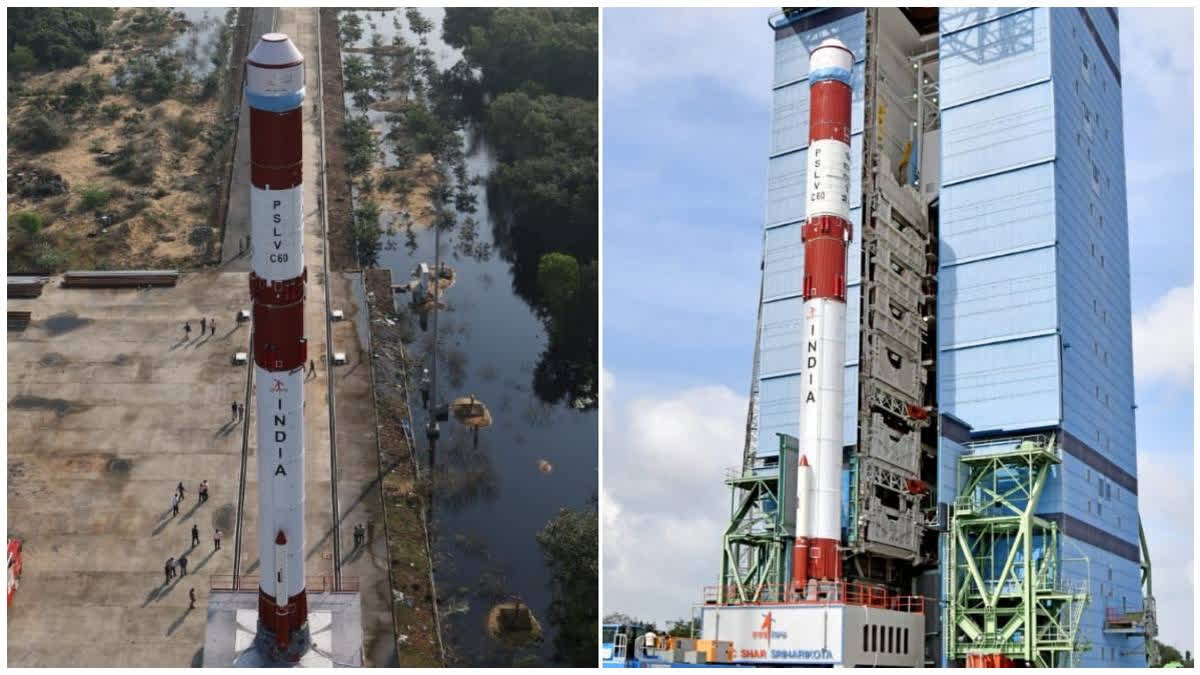New Delhi: The Union Minister of State for Earth Sciences (Independent Charge), Dr. Jitendra Singh, announced on Tuesday that the SPADIX mission has been officially named “Indian Docking Technology,” highlighting its fully indigenous nature. Addressing a press conference, Dr. Singh emphasized that SPADIX aligns closely with Prime Minister Narendra Modi’s vision of “Aatmanirbhar Bharat” (self-reliant India) and marks India’s first experiment in space docking technology.
“This is one of India’s pioneering experiments in docking technology. Since it is entirely indigenous, it has been aptly named ‘Indian Docking Technology,’ embodying the ethos of PM Modi’s self-reliance mantra,” Dr. Singh said.
ISRO successfully launched the Space Docking Experiment (SpaDeX) mission on December 30, marking its final mission of 2024. The PSLV-C60 rocket, carrying two satellites—SDX01 (Chaser) and SDX02 (Target)—and 24 payloads, lifted off from the Satish Dhawan Space Centre in Sriharikota. The satellites, weighing 220 kg each, were deployed into a 475-km circular orbit.
Union Home Minister Amit Shah commended the achievement, stating it positions India as the fourth nation to master space docking technology. “This grand success strengthens India’s role as a global leader in space,” he wrote on X.
ISRO Chairman Dr. S Somanath emphasized the importance of SpaDeX in advancing interplanetary missions and laying the groundwork for India’s future space station ambitions.
A Year of Achievements in Indian Space Exploration
Reflecting on 2024 as the year comes to a close, Dr. Singh called it a remarkable period for India’s space sector. He cited the success of Aditya L1, India’s first solar mission, which reached the L1 point in January 2024, just three months after its launch. He also noted the celebration of the first National Space Day within the first 100 days of Modi Government 3.0, underscoring the growing recognition of India’s advancements in space technology.
